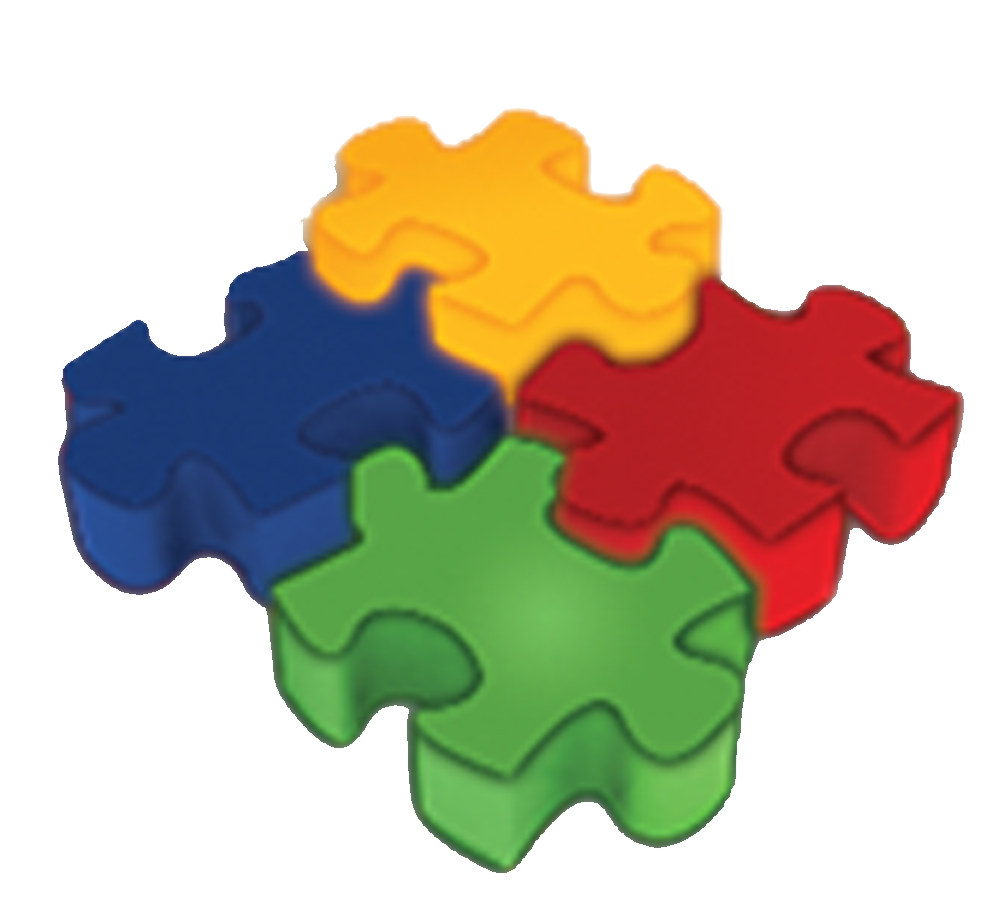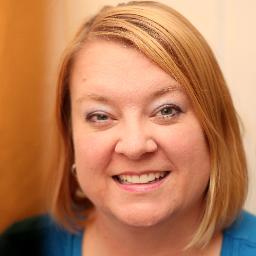What's Up With Autism?
Sep 24, 2015, by Dawn GibsonAutism , Autism Spectrum Disorders, Sensory
I mentioned in my previous blog post, that something has happened in the last thirty years, that has caused a huge uptick in children being diagnosed somewhere on the autism spectrum. Even with better, more comprehensive diagnoses, the numbers show a climb at an unusually fast rate. Something is going on....the question is what? Some people believe autism is genetic, and there are currently some scientists attempting to find that piece to the genetic puzzle. Others believe that the flood of autism diagnoses stems from side-effects of vaccines themselves (or preservatives in the vaccines), or at the very least the bundling of vaccines and the time frame to which they are given, playing Russian roulette with immature infant immune systems. There are those that believe that autism is caused by environmental factors, for example what a mother-to-be eats while pregnant, think pesticides, GMO's, and various other toxins innocently breathed in or ingested. Of course, there are many people that believe in a combination of some or all of the above, and lastly, others believe that autism has always been around and the medical professionals have everything under control (the equivalent of crossing one's fingers and hoping for the best).
that has caused a huge uptick in children being diagnosed somewhere on the autism spectrum. Even with better, more comprehensive diagnoses, the numbers show a climb at an unusually fast rate. Something is going on....the question is what? Some people believe autism is genetic, and there are currently some scientists attempting to find that piece to the genetic puzzle. Others believe that the flood of autism diagnoses stems from side-effects of vaccines themselves (or preservatives in the vaccines), or at the very least the bundling of vaccines and the time frame to which they are given, playing Russian roulette with immature infant immune systems. There are those that believe that autism is caused by environmental factors, for example what a mother-to-be eats while pregnant, think pesticides, GMO's, and various other toxins innocently breathed in or ingested. Of course, there are many people that believe in a combination of some or all of the above, and lastly, others believe that autism has always been around and the medical professionals have everything under control (the equivalent of crossing one's fingers and hoping for the best).
Here are just three recent articles on the topic of causes of autism:
I am one of the people that believes the cause is a combination of factors. As a special education teacher for the past twenty-six years, working with hundreds of children, I can only speak to my own personal observations. No, I am not a scientist and I never kept statistics on my students with ASD, so I am unable to whip out a bunch of charts and graphs to prove my point. I can say this...from the time I first started studying for my degree in special education in the late 80's to present, I have observed a noticeable and quite frankly alarming increase in those children being diagnosed with autism, and qualifying for special education services under the Individuals with Disabilities Education Act.
During my education, there was not even one course that was remotely dominated by the topic of autism. Cases of autism were still considered fairly rare, and autism was briefly referenced during some courses because the likelihood of encountering many children diagnosed with autism was considerably less than other diagnoses. Through the course of the last 25 years, and particularly the last 15 years, the cases of autism I have encountered in friends and family as well as professionally has risen to a point that few people are not somehow directly touched by autism.
If this current trend continues, what does it mean for individuals and their families? What does it mean for our society? If children are being diagnosed at a ratio of 1 out of every 68 children having an autism spectrum disorder (and some sources are even saying as much as 1:55) what will we be looking at in another five years? Ten years? These are hard questions, and for families who struggle on a daily basis with autism, frustratingly painful.
I have had the privilege of working with, friending, and even being a grandparent to someone on the autism spectrum. Over the years I have listened to the good and the bad, the tearful and the joyful, the frustrations and the insanity of always having to feel like a fighter in the ring, when it comes to advocating for their children. Over the years, children with ASD have held a special place in my heart. I cannot even begin to tell you all the times I have felt a child with autism is a treasure box, all the potential locked up inside, and I needed to find the right key to unlock that treasure within.
Even if a specific direct cause is discovered, autism is going to continue affecting families for the indefinite future, but there are things we can do. We can learn about autism and practical strategies to assist the individuals and families affected by autism.
My next post in this series is going to be about how to incorporate visual schedules and sensory breaks into the daily routine.




